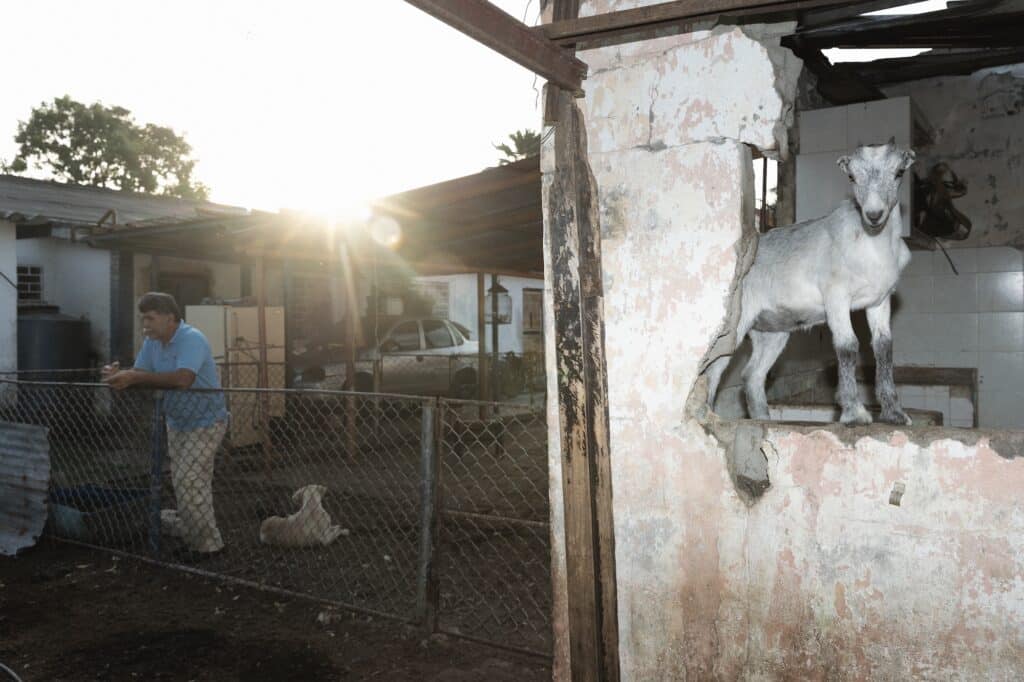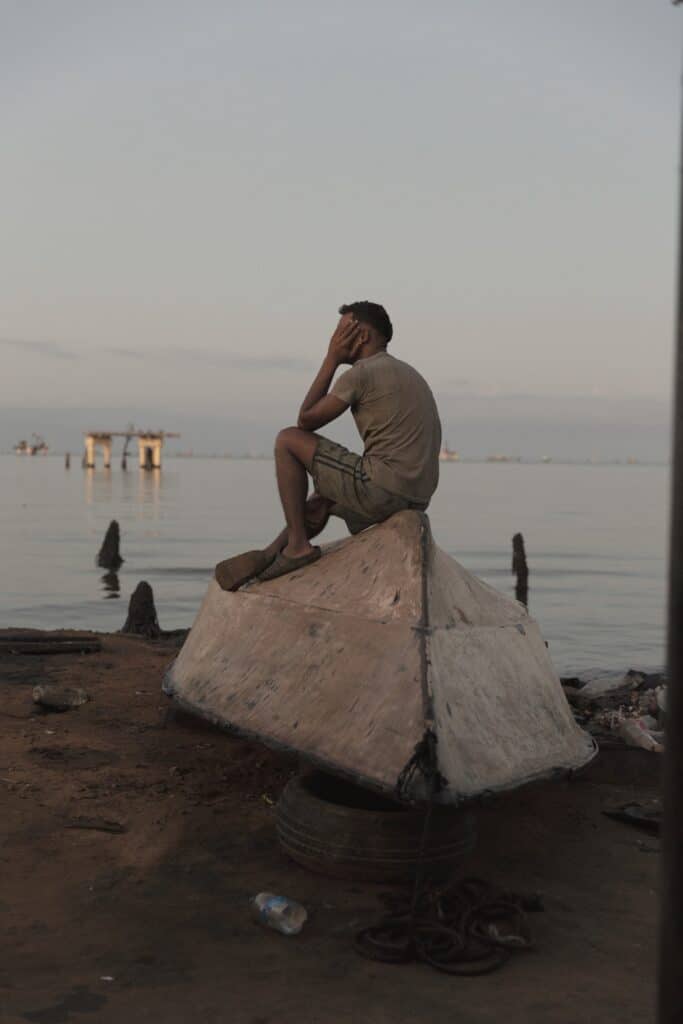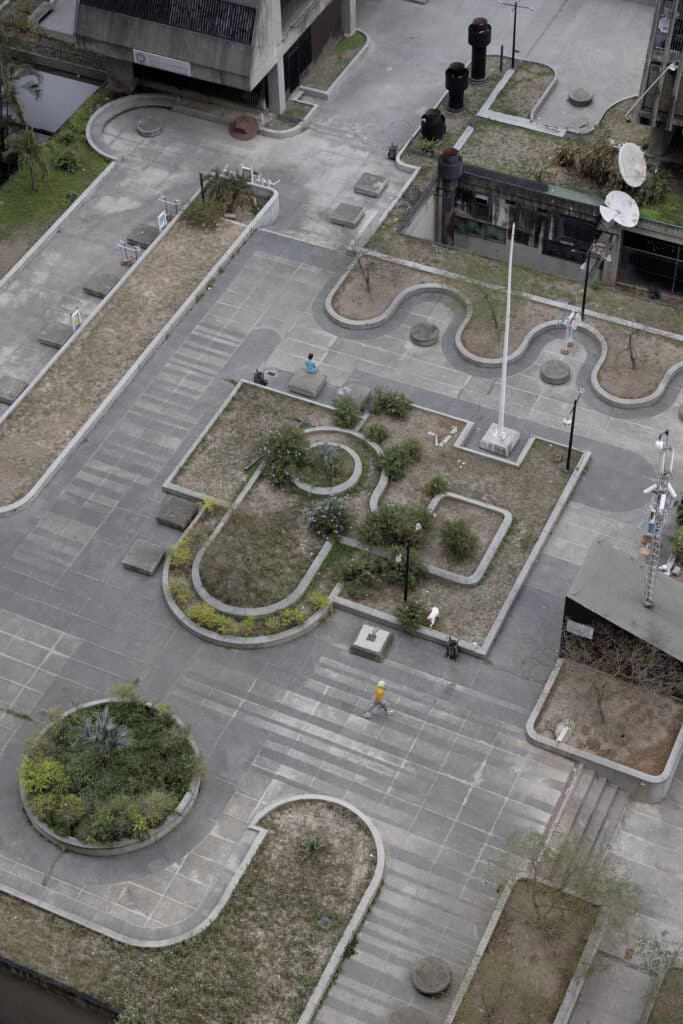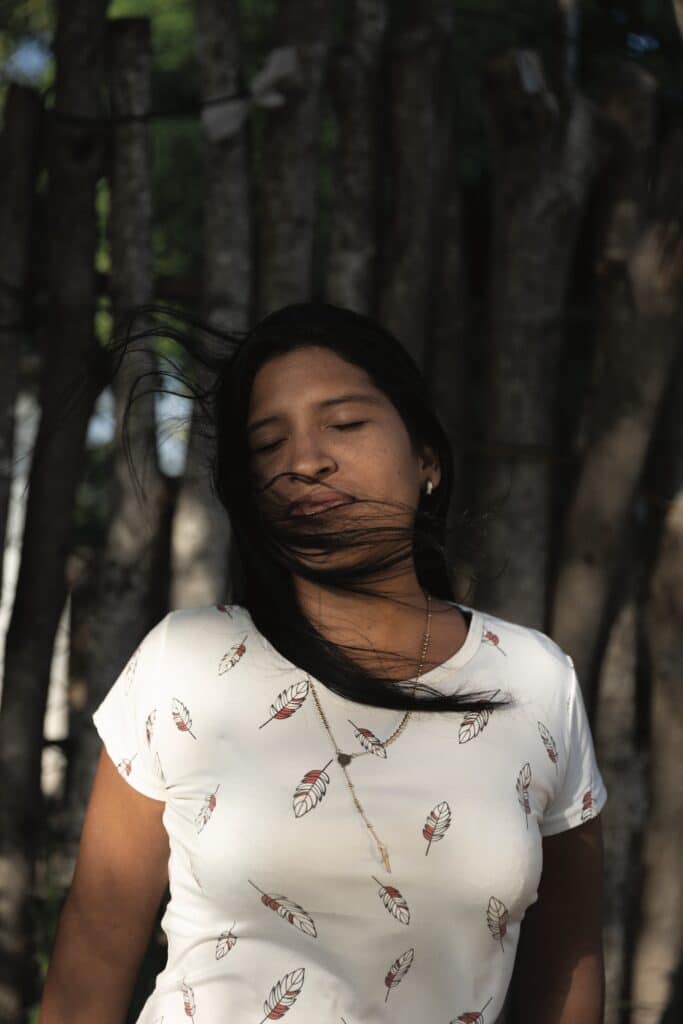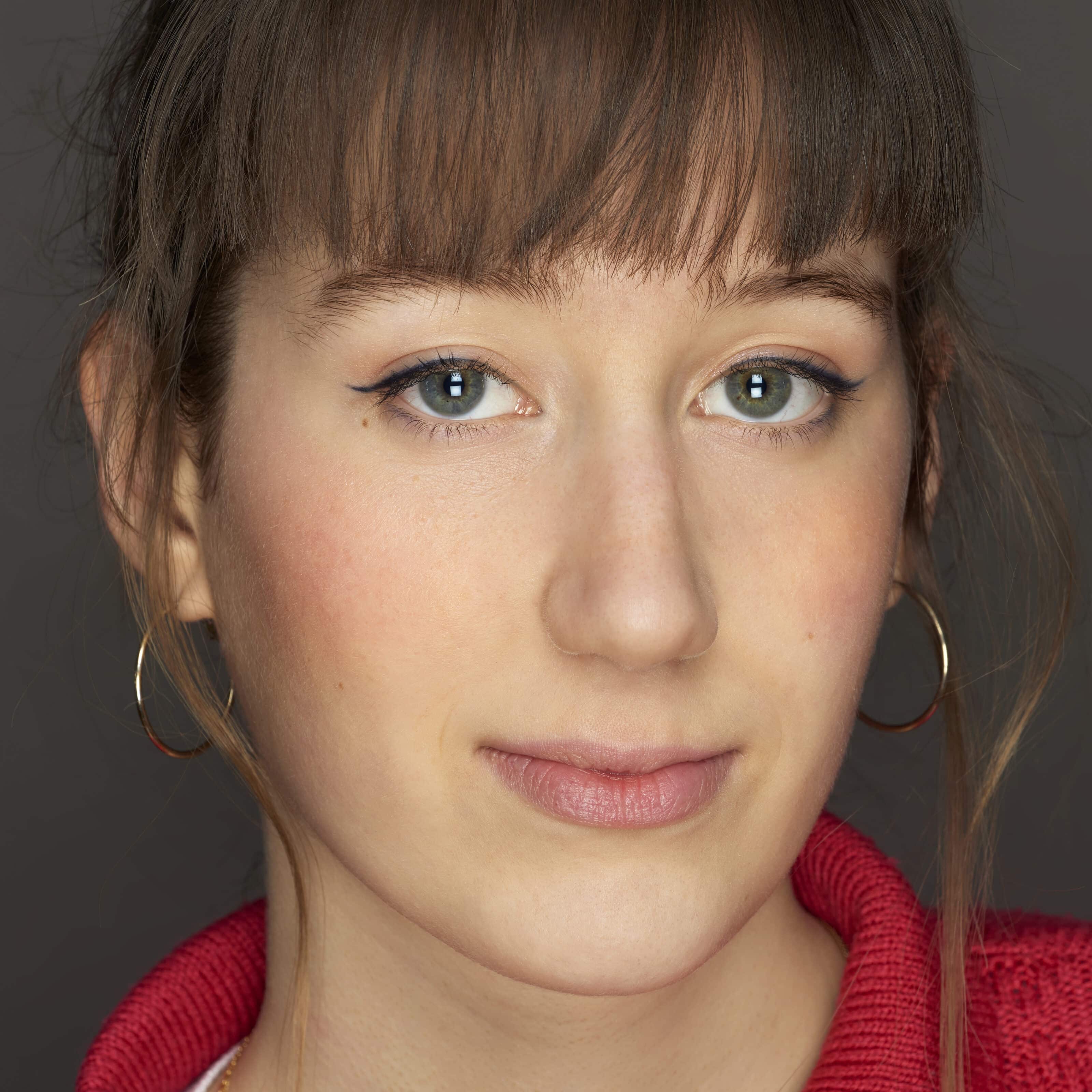The exhibition “Venezuela, The Wells Run Dry” by Fabiola Ferrero, winner of the 12th Carmignac Photojournalism Prize, explores the disappearance of the Venezuelan middle class. A rich and prosperous democracy in the 1960s and 1970s, Venezuela is now struggling to emerge from a deep political and economic crisis marked by falling oil prices, endemic corruption and hyperinflation. Seven consecutive years of economic collapse and political crisis have deepened the inequality gap and destroyed the middle class.
The Venezuelan photographer set out to document years of wealth that now exist only in memory. She went to places that were once symbols of prosperity, in search of the vestiges of a vanished economic success.
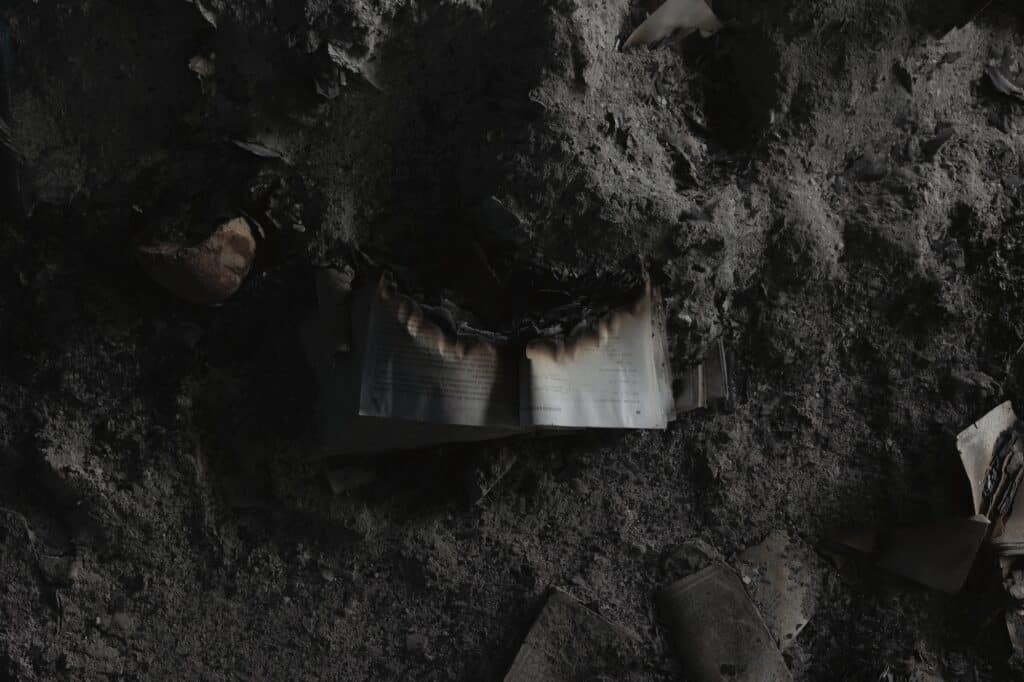
Her reportage took her across the country, photographing the declining oil and salt industries and the communities that depend on them, the looted and abandoned universities, and the last traces left by Venezuelans who decided to leave the country for a better future.
Mixing archival footage, videos and photographs, Ferrero chronicles her country’s economic downturn and the consequences for its people. She compares her project to trying to photograph a lake before it becomes a desert. “If there is a time to document and leave a trace of the memory of who we were, it is now.”
In an interview with Blind, Fabiola Ferrero describes how important this project is to her and the Venezuelan people.
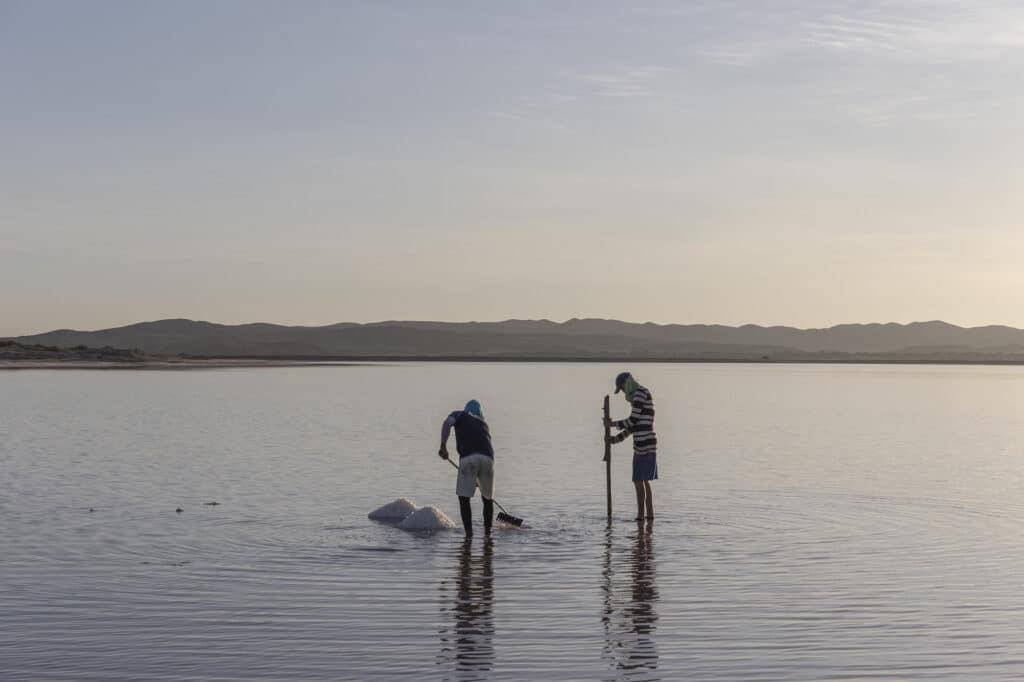
“The Wells Run Dry” presents us with the remnants of a past economical success through photographs of oil and salt industries on the verge of disappearing. You say you are trying to photograph a lake before it becomes a desert. What does the well embody for you?
The general loss of normality, of life as we knew it. Oil wells are still very much full, so that’s the contradiction. Like the poem by François Villon: “I’m dying of thirst right next to the fountain”. As time passes and Venezuela keeps changing, I see that lake of reckless wealth becoming a desert, but at the same time life always finds a way, so this phrase does not mean that our spirit dies, but rather a certain time of our life and our history.
The project received the Carmignac Prize this year, allowing you to produce your work in 2022, before it is now exhibited. What does this award symbolize for you in the face of this well that is drying up?
On a personal level, it is for sure one of the most important recognitions of my career. But more than that, it represented an opportunity to put together a team of journalists, go back home, visit places where I knew I needed to go and have enough time and resources to have a deeper look into my country. The five women that became part of the team are really the core of the work, and they will soon also tell the stories they wanted to explore. As local journalists, we know this is an uncommon privilege, and even though the subject is not a happy one, I am glad we got to make this contribution to our memory.
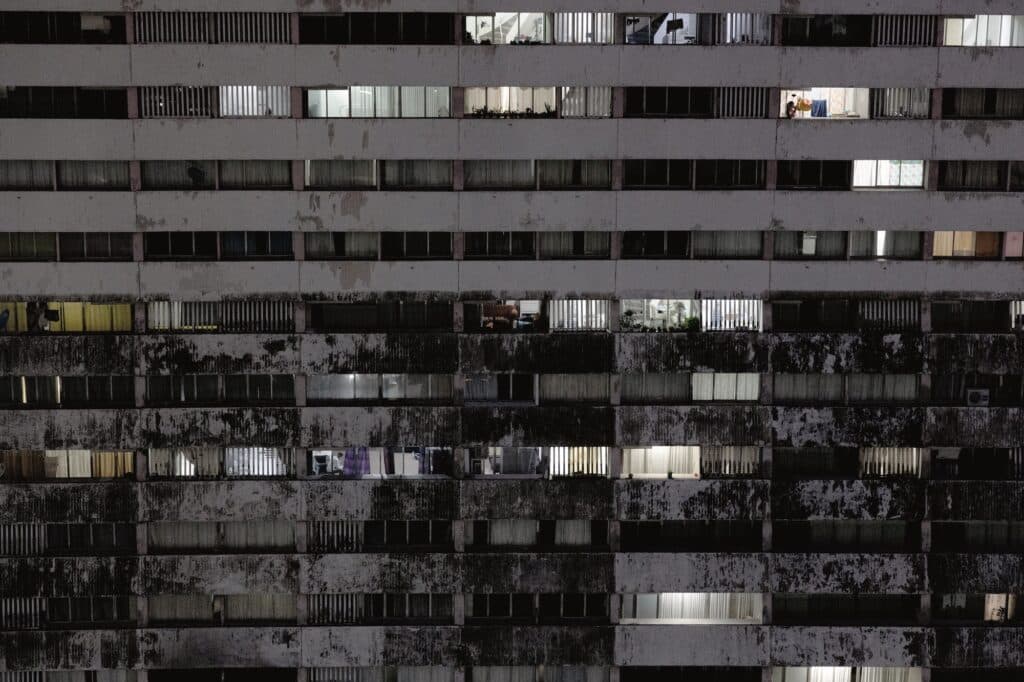
Well also means good, satisfaction. In “The Wells Run Dry,” the Venezuelan people struggle to recover from all the destruction around them. How can you bear witness to such a climate without falling into sensationalism?
There’s a certain serenity that can only come with time. When the crisis started, we all went up close to the most fatalistic images of hunger and chaos, because it was new in our country and we needed to show it. Over time, however, you peel the layers, like an onion, and start going deeper and looking to other sides. During recent years, I think the visual image of Venezuela to me was very tumultuous. Now, instead, there’s some stillness, it’s not the dynamic picture of a ship sinking, but rather the calm of what remains: a rotten infrastructure, a silent adaptation to precariousness, and always, always, the dignity that comes with resistance. Above all there’s that. There are hours of dignity in milking a cow to have something to eat after you worked in the richest industry in the country (oil) for years.
You yourself are Venezuelan, and like more than 7 million Venezuelans, you have left your country. You went back in 2022 to produce this story. When you returned, what were your first impressions?
Being away helped. When you live what you photograph, you can normalize things and look past them. Leaving and coming back was like cleaning my eyes: everything felt familiar and new at the same time. The things I got used to, like not having electricity for days, suddenly were not normal to me. I saw a country more unequal than ever: a blatant gap between the wealthy and those who lost it all to inflation. And the broken infrastructure, the rustiness as part of the scenery made a decaying landscape that maybe I overlooked a little when I lived there. It was a humbling experience that reminded me how fragile normality really is.
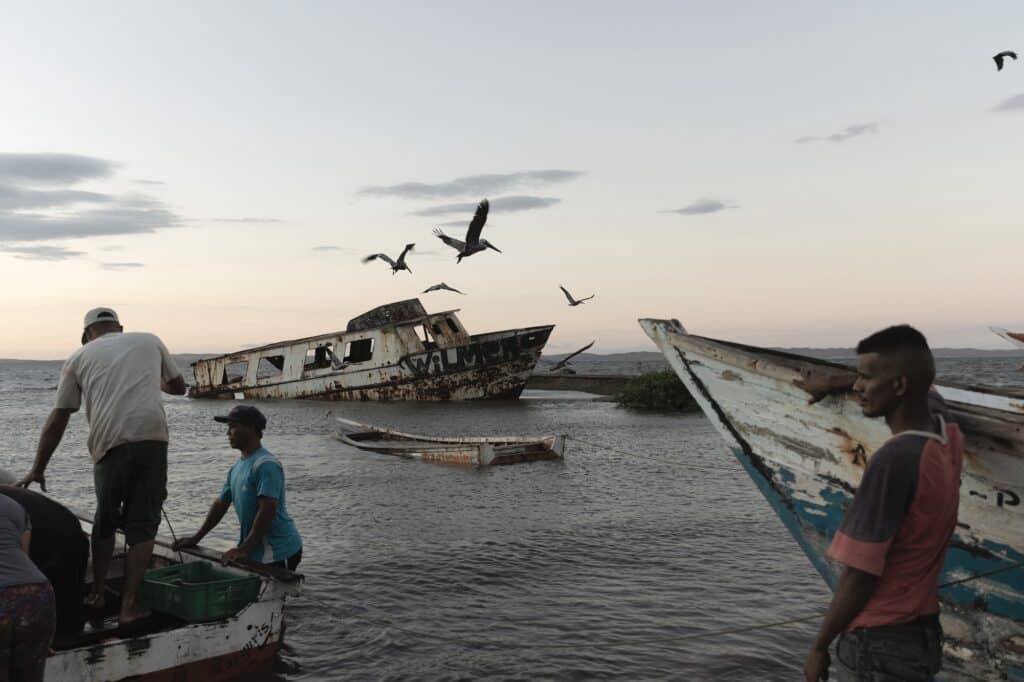
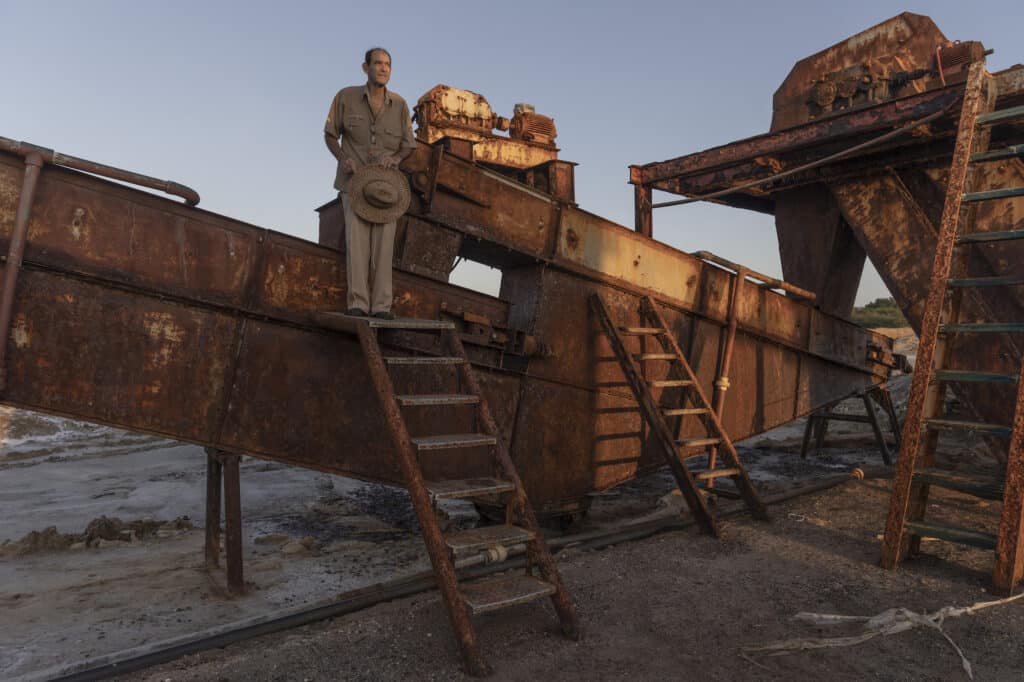
Your series documents the economic shift in Venezuela from the perspective of memory. Through family photos and archives, we discover an era that is now over. For you, is memory a form of refuge, or even resistance to the current situation?
It’s a tricky thing, memories. It can be a refuge or it can be an excuse to avoid reality. That’s why I always emphasize on not over-romanticizing our past, but looking at it closely to both recognize our loss but find answers to the Venezuela we see today. I do find some peace of mind in the idea of nothing being eternal, of that past that’s gone reflected on a present that will also inevitably change.
The exhibition by the Fondation Carmignac offers visitors the opportunity to begin the exhibition as a journey through time, either by entering the past or the present. And you, by which door do you choose to enter?
I always enter from the past, it is too aggressive for me to get directly into the tunnel of the present. Instead from the past I get to see joy first, and so when I encounter certain images of abandonment and destruction, I keep in mind that another time existed too. And hopefully, another time, not the same as before but a new, different one, will exist later on.
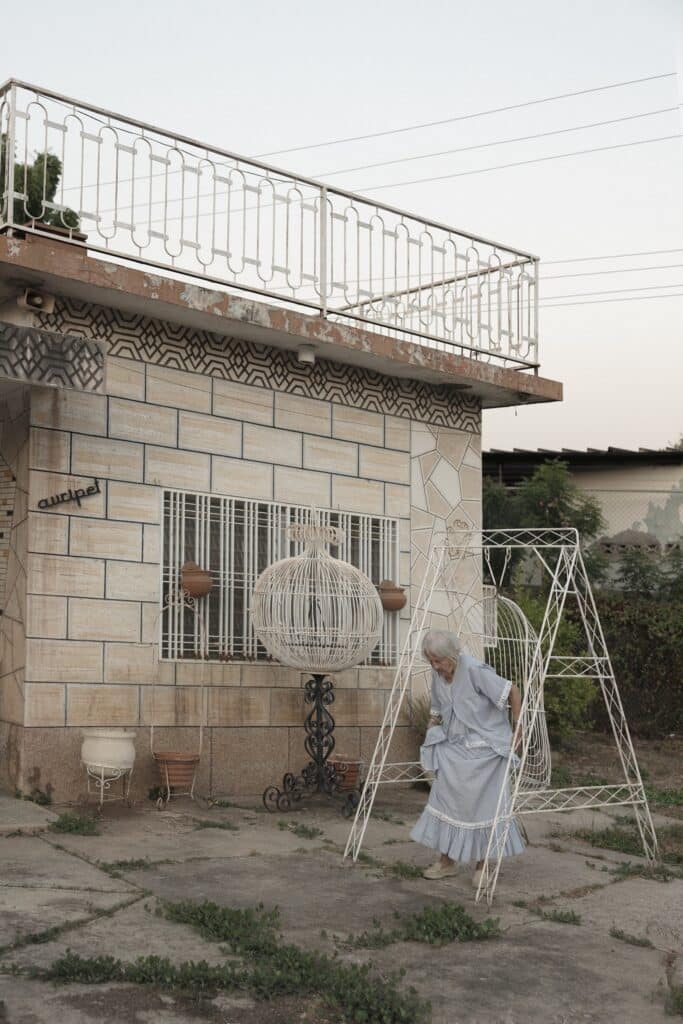
“Venezuela, The Wells Run Dry” by Fabiola Ferrero. Réfectoire des Cordeliers. 15 rue de l’École de Médecine, 75006 Paris, France. From October 28 to November 22, 2022. Debates and screenings: Saturdays (November 5, November 12, November 19) starting at 5 pm.
Monograph published by Fondation Carmignac and Reliefs Editions, available at 35 euros.
